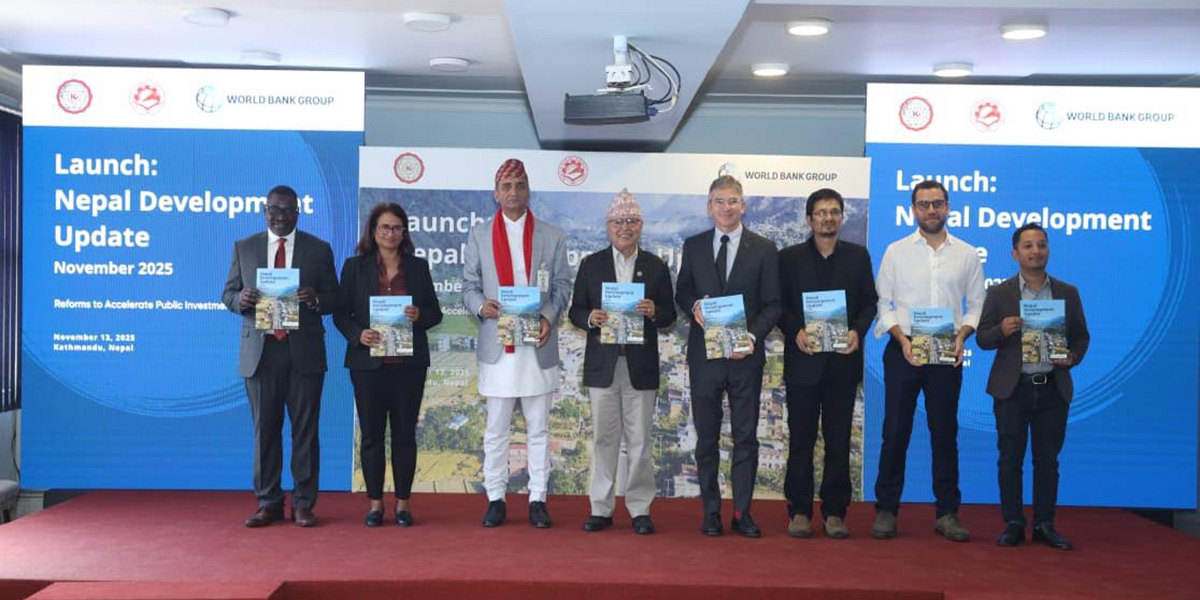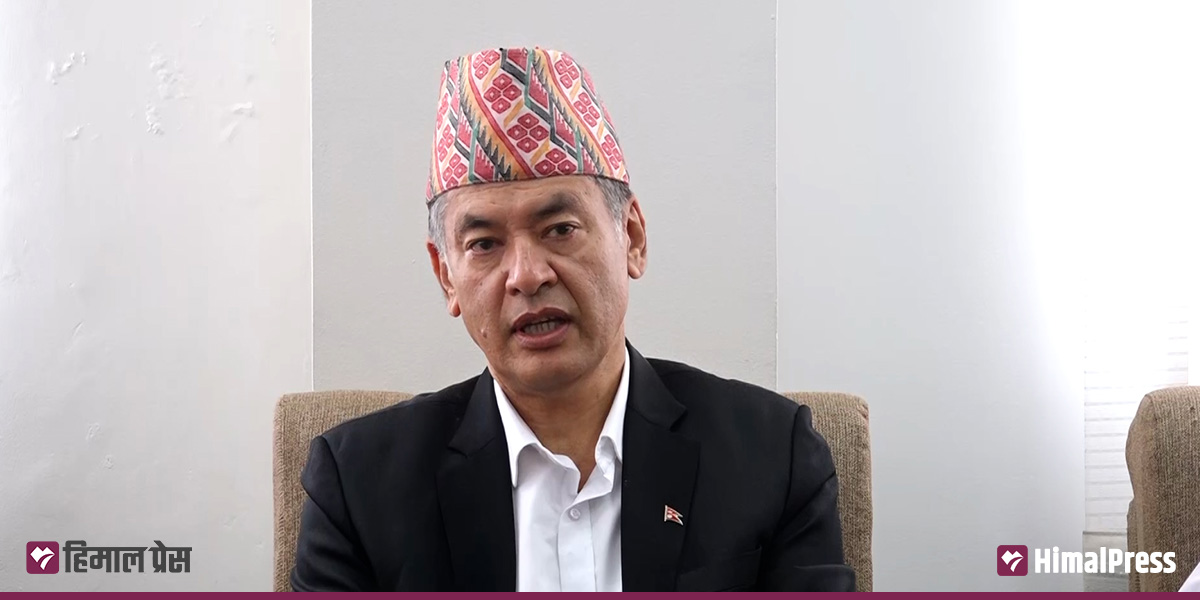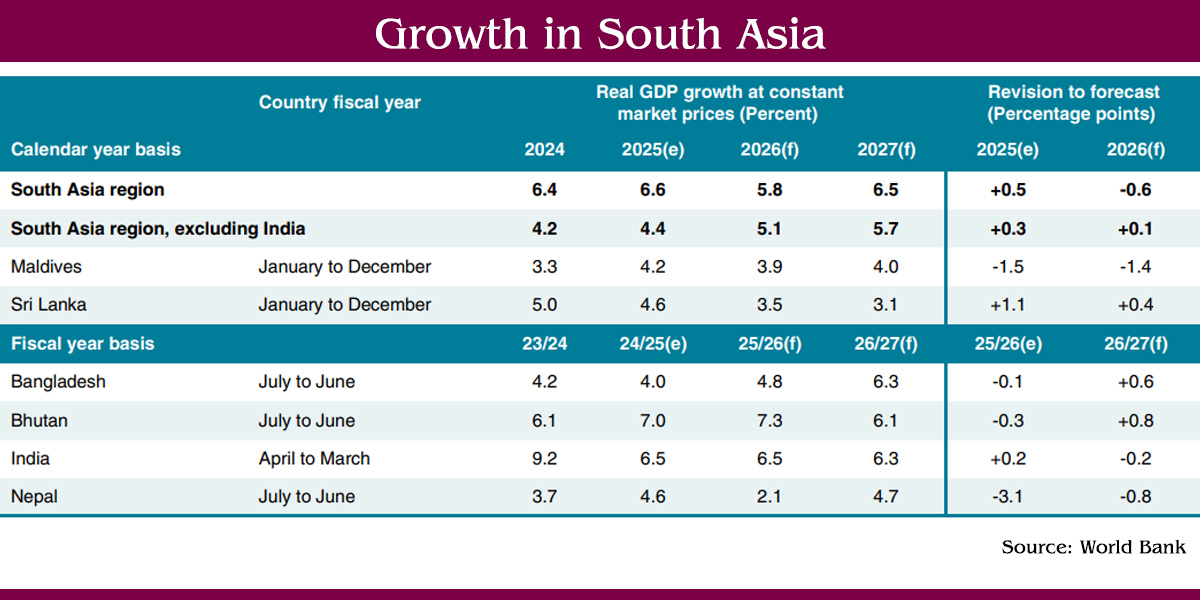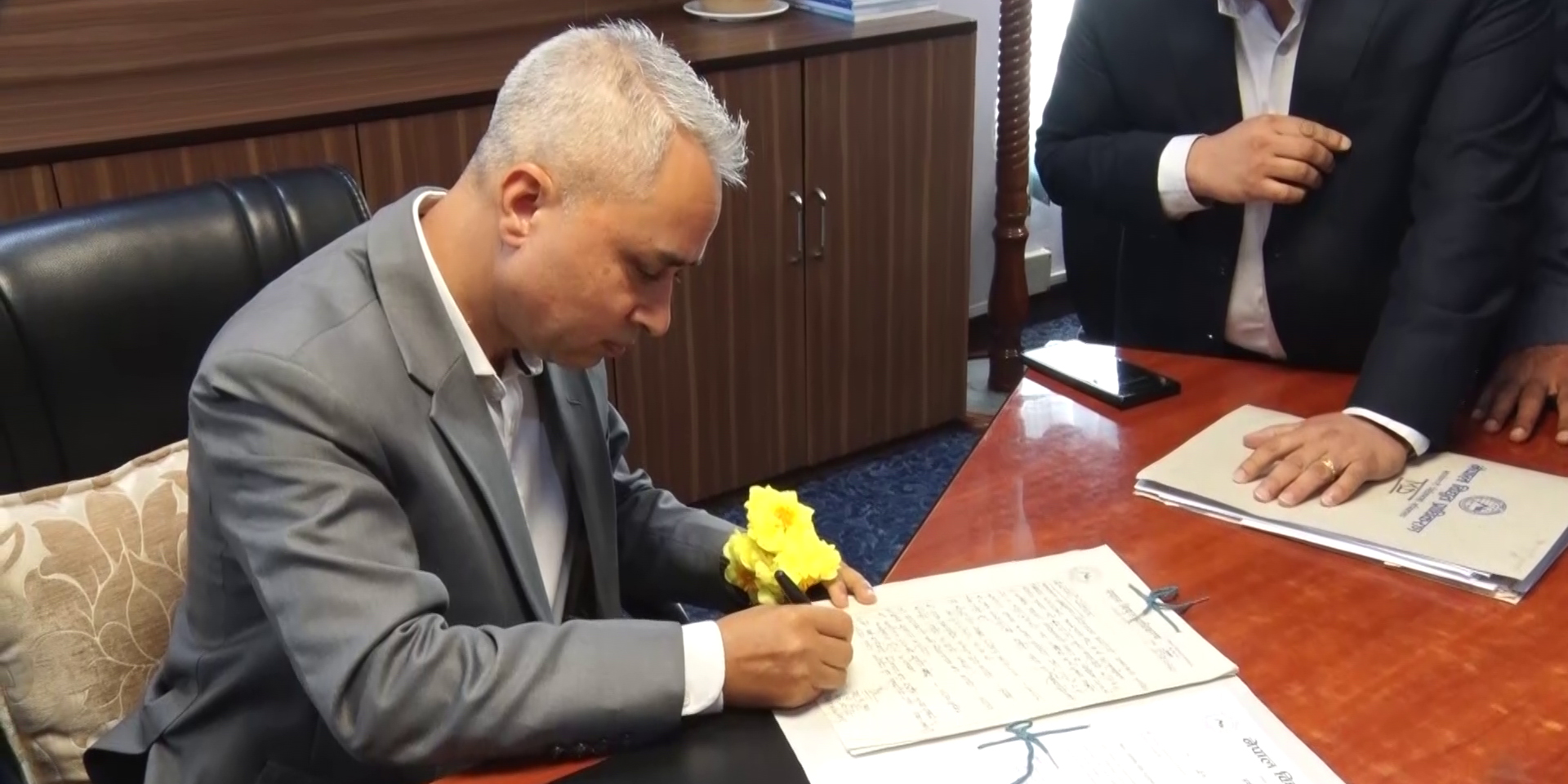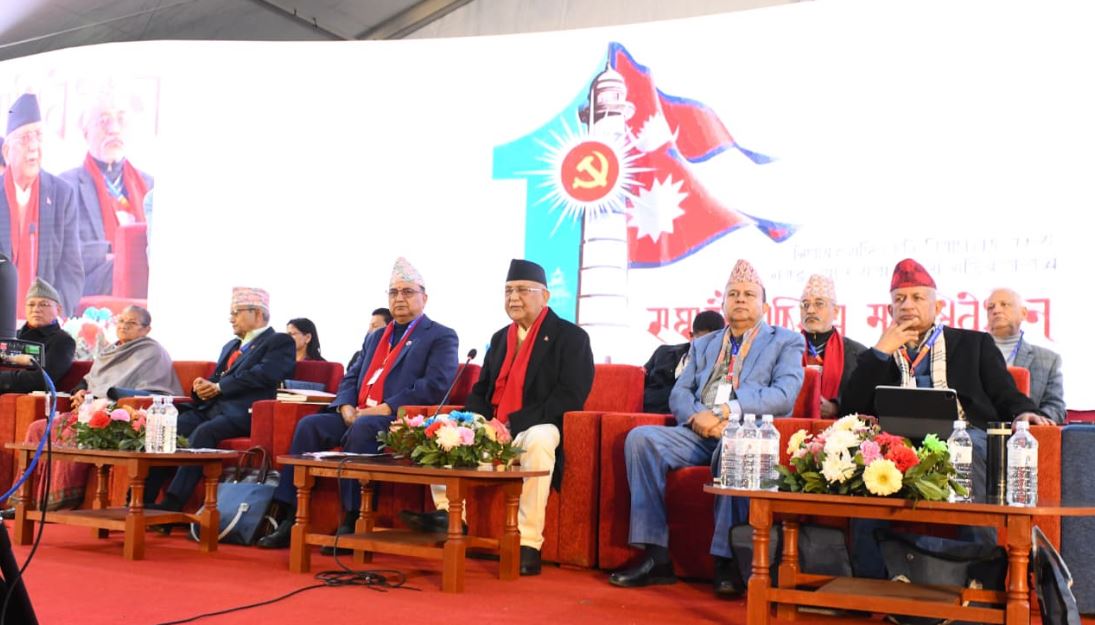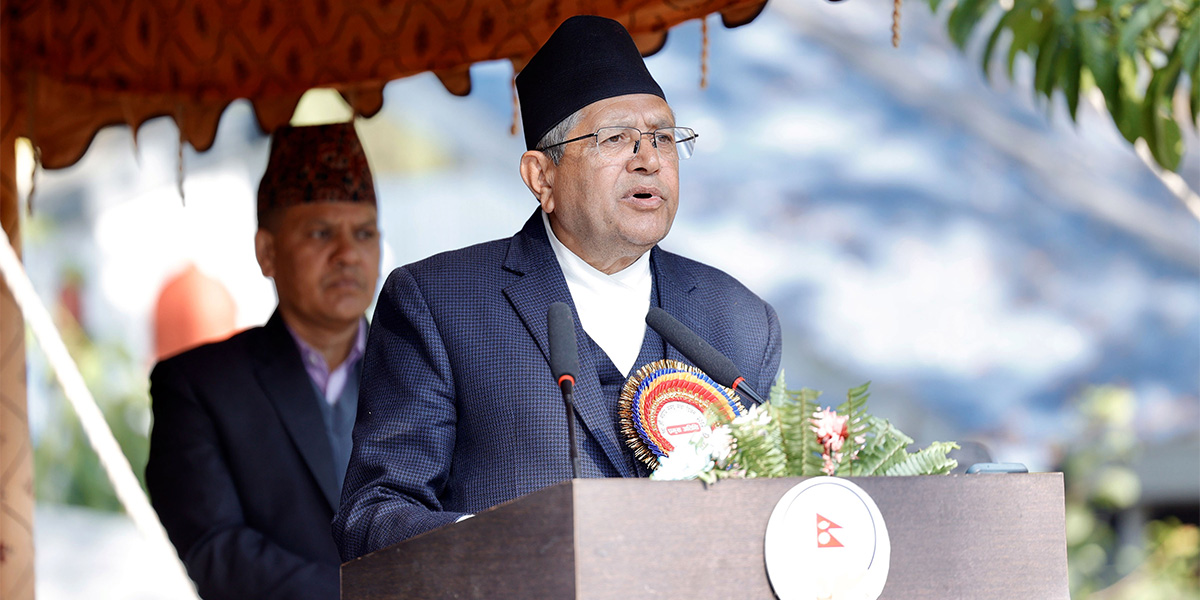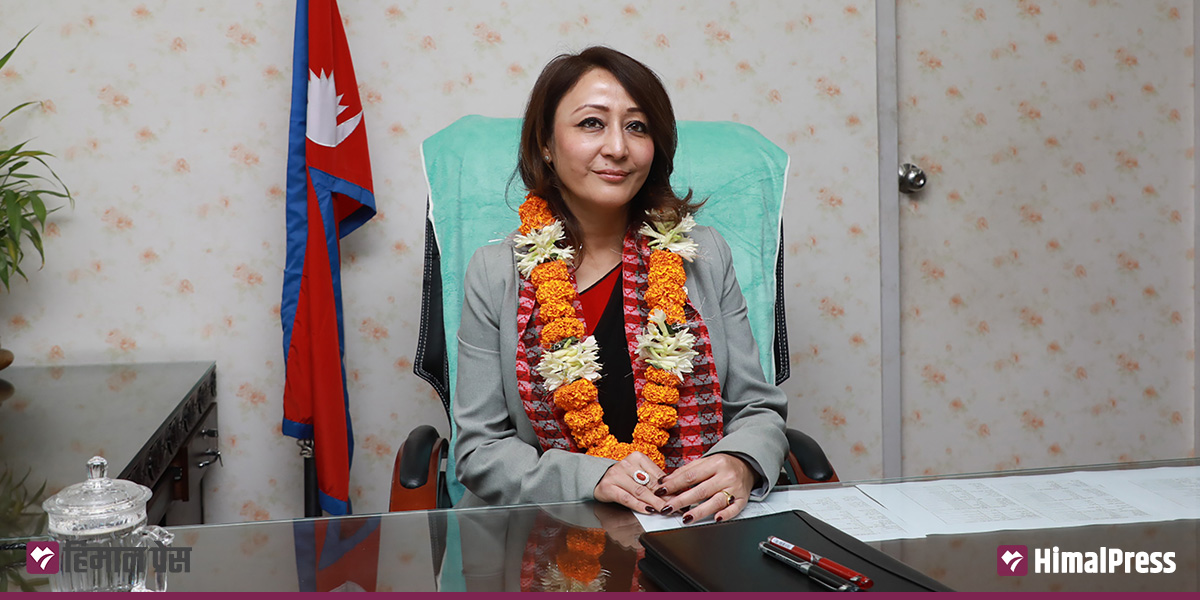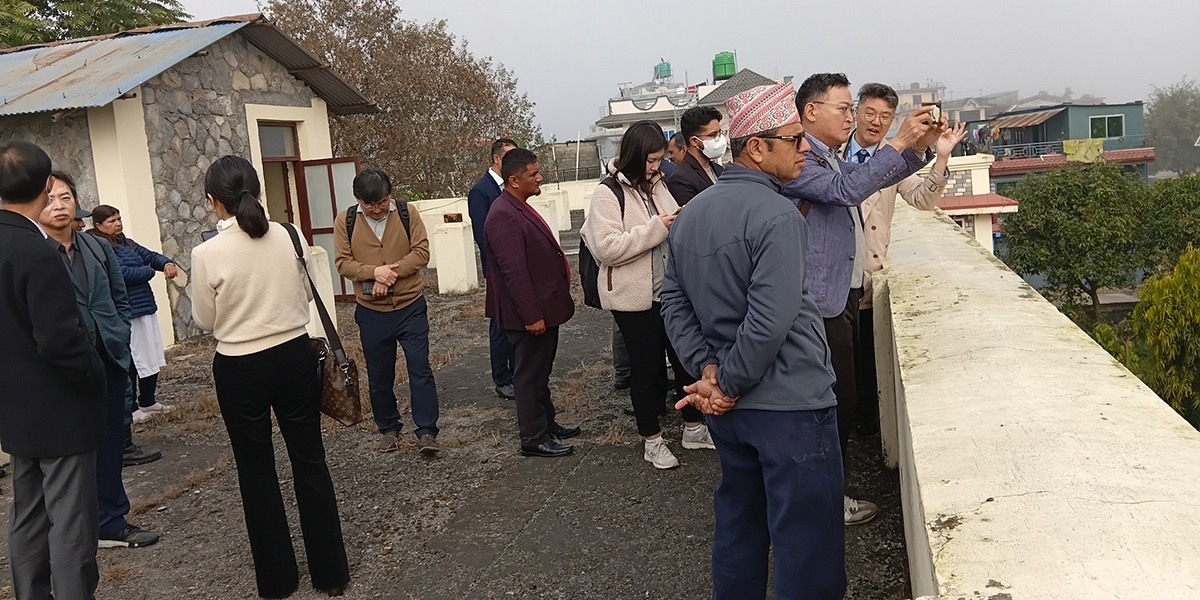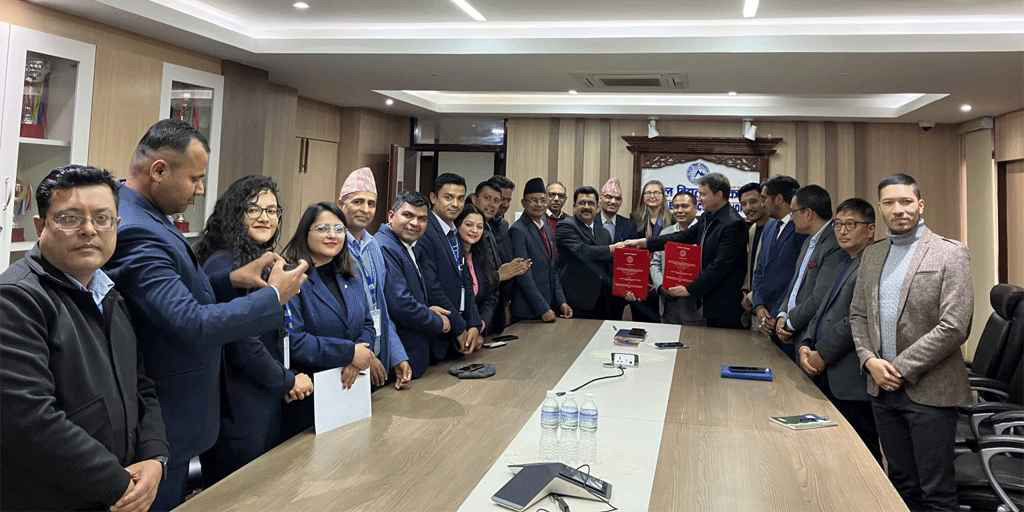
KATHMANDU: Upper Arun Hydroelectric Limited (UAHL) has selected consultants for the Upper Arun Hydropower Project (1,063 MW).
A joint venture of Tractebel Engineering (Germany), Tractebel Engineering (Spain), and WAPCOS Limited (India), in association with Total Management Services and Zed Consult of Nepal, has been selected as the supervision consultants of the mega hydropower project based in Bhokhola Rural Municipality of Sankhuwasabha district.
According to UAHL, the consultants will be paid 23.4 million euros, $445,000, and Rs 643 million, including taxes. The contract period will be 117 months – 21 months to review designs and prepare bidding documents, 72 months for supervision of the construction process, and 24 months to provide consultancy service for the operation and maintenance of the project.
Speaking at the contract signing ceremony on Thursday, Kul Man Ghising, executive director of Nepal Electricity Authority (NEA), said they were preparing to implement the project as a model project of blended financing by mobilizing investments from the federal government, provincial government, local units in project-affected areas, the general public, concessional loans from development partners, and loan investments of different commercial banks.
A consortium led by the World Bank will make a loan investment in the project. An MoU has already been signed to raise Rs 53 billion from Nepali banks under the leadership of the Hydroelectricity Investment and Development Company (HIDCL). Likewise, UAHL will invest 51% of the equity shares, while the remaining 49% will be raised from the general public, according to UAHL.
The project, which will go into implementation in 2026, is expected to start generation in 2031.
A 21-kilometer access road to the project site is under construction, while the acquisition of 232.14 hectares of private land for the project is nearing completion.
The peaking run-of-the-river type project will run at full capacity for six hours a day during the six months of the dry season. The energy generated by the project will be evacuated by building a substation at Haitar in Sankhuwasabha.

 Himal Press
Himal Press 

